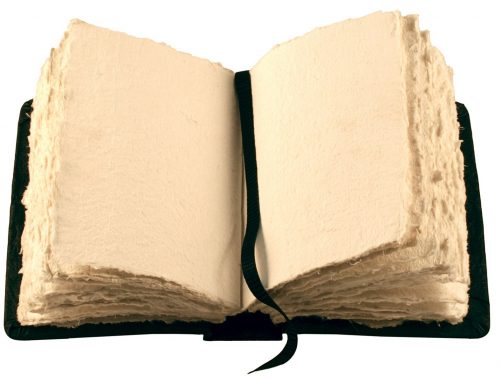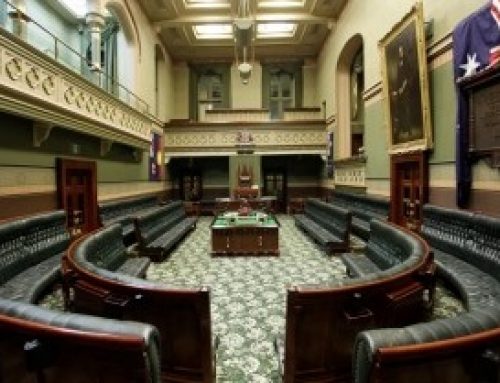The Picture of Dorian Gray as a Mirror on Wildes Society
In the late Victorian era during which Oscar Wilde wrote, bourgeois society had begun ascribing moral values to its art, believing art should be used to provide the masses social education and moral enlightenment (think Charles Dickens). Wilde and many of his contemporaries rebelled against that idea, looking to untether art from any moral responsibility through the aestheticism movement, which believed art had no purpose at all.
One of Wildes most famous works, and his only published novel, The Picture of Dorian Gray is often seen as a direct condemnation ofor perhaps a sort of parody ofthe idea of art as moral.
As you may remember, the main conceit of the story is that Dorian Gray, an attractive and hedonistic young man, remains young and beautiful despite his appetites, while his portrait ages and grows more grotesque with every act of debauchery.
Where Victorian society wanted art to provide a moral lesson to the viewer, Dorians portrait does the opposite for Dorian himself, providing him with all the excuse he needs to follow his desires wherever they lead him without any consequence. And society was certainly scandalized by this! Some British reviewers at the time even went so far as to insist that Wilde be prosecuted on moral grounds.
But seen with modern eyes, it becomes a little more challenging to see whether Wilde succeeded
in his goal of proving that art should have no purpose. Dorian does, in fact, get his just desserts in the end, when he stabs the portrait and is later found, stabbed, and hideously grotesque and
aged, suggesting that even Wilde couldnt let him get away with all his dirty deeds without some comeuppance. In fact, for many, the novel is a tale of the price of vanity and hedonism; rather than, as Wilde said, a work of art with no purpose.
Wheres the truth? Perhaps somewhere in between.
The painter in the novel, Basil, declares that art should be unconscious, ideal, and remote. Yet his own painting of Dorian is anything but, both because of its mystical powers, but also because of the way Basil idolizes his subject.
Because these are so contrary to the aesthetic ideal, some see the portrait of Dorian Gray as something of a cautionary tale, as in: this is the price you pay for insisting that art has a moral lesson.
Whatever the meaning, The Picture of Dorian Gray remains one of the most well known and oft-read pieces of literature that revolve around a work of art.
Where do you think Dorian Gray lies on the moral spectrum? Cautionary tale of vanity and vice
or a purposeless work of art? Id love to hear your theories in the comments.






Leave A Comment